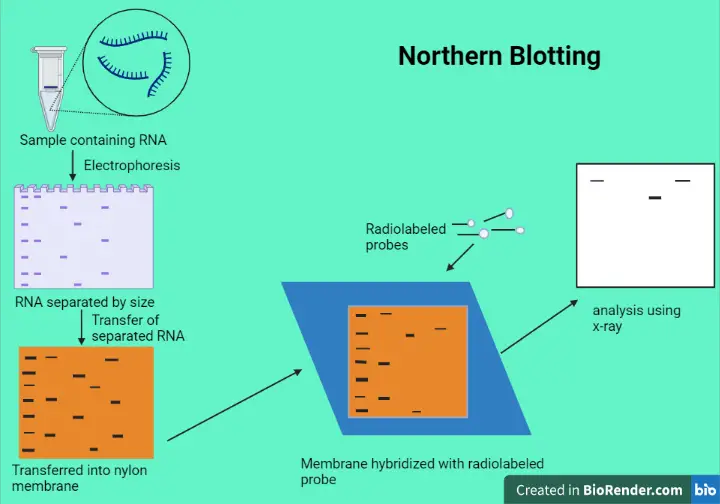

Xin M et al (2010) Diverse set of microRNAs are responsive to powdery mildew infection and heat stress in wheat (Triticum aestivum L.). Nucleic Acids Res 38:e147īuhtz A et al (2010) Phloem small RNAs, nutrient stress responses, and systemic mobility. Nucleic Acids Res 35:e60īeckmann BM et al (2010) Northern blot detection of endogenous small RNAs (~14 nt) in bacterial total RNA extracts. Pall GS et al (2007) Carbodiimide-mediated cross-linking of RNA to nylon membranes improves the detection of siRNA, miRNA and piRNA by northern blot. Katiyar-Agarwal S, Jin H (2007) Discovery of pathogen-regulated small RNAs in plants. Katiyar-Agarwal S, Gao S, Vivian-Smith A (2007) A novel class of bacteria-induced small RNAs in Arabidopsis. Katiyar-Agrawal S et al (2006) A pathogen-inducible endogenous siRNA in plant immunity. Moldovan D et al (2009) Hypoxia-responsive microRNAs and trans-acting small interfering RNAs in Arabidopsis. Zang Q et al (2010) Isolation and characterization of a gene encoding a polyethylene glycol-induced cysteine protease in common wheat. Wu T et al (2010) Transcriptome profile analysis of floral sex determination in cucumber. ) and functional validation of selected genes for abiotic stress tolerance in Arabidopsis thaliana. Priyanka B et al (2010) Characterization of expressed sequence tags (ESTs) of pigeon pea (Cajanus cajan L. Gao P et al (2010) Over-expression of Osa-MIR396c decreases salt and alkali stress tolerance. Marin E et al (2010) miR390, Arabidopsis TAS3 tasiRNAs, and their AUXIN RESPONSE FACTOR targets define an autoregulatory network quantitatively regulating lateral root growth.

Lee H et al (2010) Genetic framework for flowering-time regulation by ambient temperature-responsive miRNAs in Arabidopsis. Genome Res 18:1456–1465īo W et al (2009) Novel microRNAs uncovered by deep sequencing of small RNA transcriptomes in bread wheat (Triticum aestivum L.) and Brachypodium distachyon (L.) Beauv. Zhu QH et al (2008) A diverse set of microRNAs and microRNA-like small RNAs in developing rice grains. Hsieh LC et al (2009) Uncovering small RNA-mediated responses to phosphate deficiency in Arabidopsis by deep sequencing. Ensure that these reagents are in solution, and consider spinning in a microfuge or low speed centrifuge, or filtering the solutions through a 0.22 micron filter to remove particulates.Sunkar R, Zhu JK (2004) Novel and stress-regulated microRNAs and other small RNAs from Arabidopsis. Particulates in probe preparations or hybridization buffer (e.g., when not completely in solution) can also cause speckling on the membrane. Check probe quality and remove unincorporated nucleotides. Probe preparations with poor incorporation or where unincorporated nucleotides have not been removed, can cause speckling on the membrane. Use 10 pM nonisotopically labeled DNA probes and 0.1 nM nonisotopically labeled RNA probes. High probe concentrations, especially for nonisotopic probes, can also cause lane specific background. Start with a high hybridization temperature and slowly decrease temperature until specific signal is obtained. Hybridization conditions that are substantially below the optimum for a given probe can lead to high lane specific background and/or substantial cross-hybridization. Do not pipet probe directly onto the membrane in hybridization solution dilute it into the hybridization solution first. Blotchiness can also be caused by uneven distribution of the hybridization reagents. Use high quality nylon membrane that has not previously been handled and use forceps to handle the membrane from the edges. Membrane of poor quality, that has dried out, or that has been mishandled (e.g., oil from human skin, powder from gloves) can cause this effect. There are several types of background, and each can have a different cause: Blotchy signal across the membrane


 0 kommentar(er)
0 kommentar(er)
